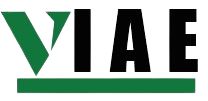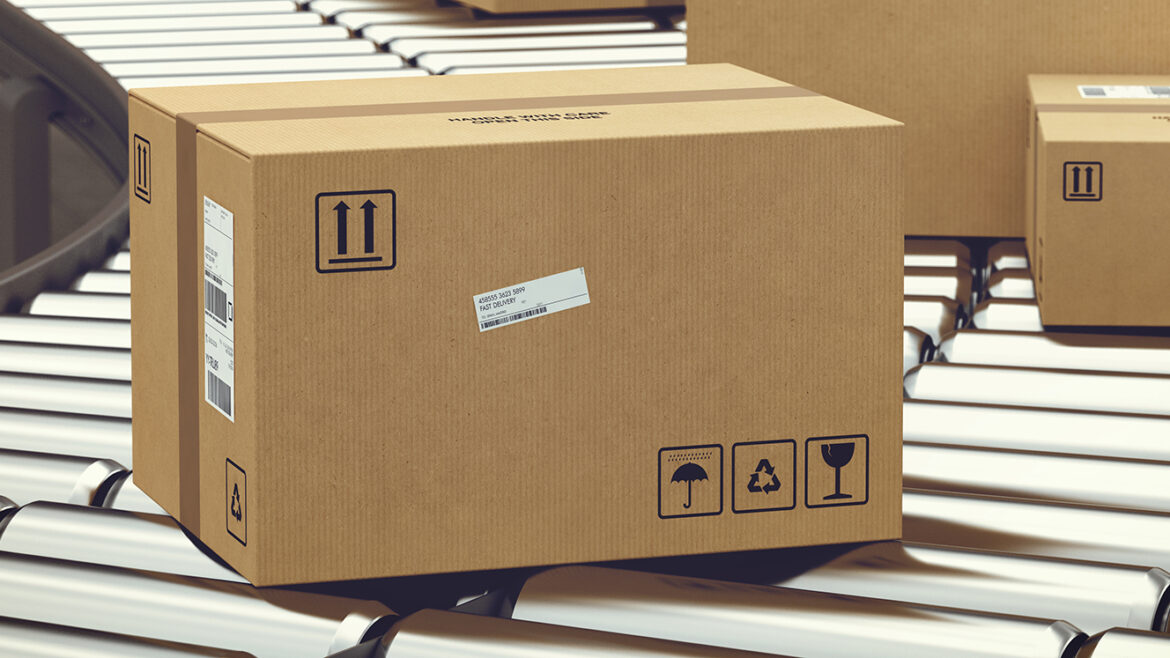Course Prerequisites:
- Basic Understanding of Manufacturing Processes: Knowledge of manufacturing processes and supply chain operations.
- Familiarity with Product Lifecycle: Understanding of Product Development, Production, and Distribution Lifecycle.
- Quality Control and Assurance Knowledge: Awareness of quality control principles and processes.
- Basic Computer Skills: Proficiency in using computers and software applications.
- Communication Skills: ability to communicate effectively with team members and stakeholders.
- Attention to Detail: Capacity to pay attention to detail in packaging, coding, and labeling processes.
- Understanding of Regulatory Requirements: Knowledge of labeling regulations, product coding standards, and packaging specifications.
Expected Outcomes:
Upon completion of a packaging, coding, and labeling course, learners should be able to:
- Understand the principles and best practices of packaging design and material selection.
- Implement coding and marking techniques for product identification, traceability, and compliance.
- Design and create product labels that convey accurate and compliant information to consumers.
- Utilize packaging machinery and equipment for labeling, coding, and packaging operations.
- Implement quality control measures to ensure accuracy and consistency in packaging, coding, and labeling processes.
- Analyze and interpret regulatory requirements and industry standards related to packaging and labeling.
- Collaborate with cross-functional teams to ensure effective integration of packaging, coding, and labeling processes into the production workflow.
- Implement sustainability practices in packaging design and labeling to reduce environmental impact.
List of Certifications in Packaging, Coding, and Labeling:
- Packaging Machinery Manufacturers Institute (PMMI) certifications:
- Certified Packaging Professional (CPP)
- Certified Trainer – Packaging Machinery Safety (CTPMS)
- International Safe Transit Association (ISTA) Certifications:
- Certified Packaging Laboratory Professional (CPLP)
- ISTA Certified Packaging Laboratory (CPL)
- GS1 Certification:
- GS1 Standards Professional (GSP)
- GS1 Certified Solution Provider (CSP)
- Packaging Machinery Manufacturers Institute (PMMI) – Mechatronics Certifications:
- Mechatronics Certified Systems Technician (MCP)
- Mechatronics Certified Systems Engineer (MCSA)
- International HACCP Alliance Certification (for food packaging safety)
- Coding and Marking Industry Certifications:
- Certified Coding Professional (CCP)
- Certified Marking Professional (CMP)
- Certified Label Professional (CLP) by the Tag and Label Manufacturers Institute (TLMI)
- Certified Packaging Laboratory Professional (CPLP) by the International Safe Transit Association (ISTA)
- Certified Packaging Professional (CPP) by the Institute of Packaging Professionals (IoPP)
- Certified Product Safety Manager (CPSM) by the Packaging and Label Grading Certification Board (PLGCB)
These certifications cover various aspects of packaging, coding, and labeling, including packaging design, labeling regulations, coding and marking technologies, and safety standards. Candidates should choose certifications based on their career goals, industry focus, and specific areas of expertise within packaging, coding, and labeling.
Coding, labeling, and packaging are integral components of the manufacturing and supply chain processes, ensuring that products are accurately identified, tracked, and presented to consumers. Here are compelling reasons why students should consider studying coding, labeling, and packaging:
- Essential Role in Supply Chain Management: Coding, labeling, and packaging are critical elements of supply chain management, enabling the efficient tracking and delivery of products from manufacturing facilities to end-users. Students in this field play a key role in optimizing these processes.
- Industry Diversity: Coding, labeling, and packaging are applicable across various industries, including food and beverage, pharmaceuticals, electronics, and consumer goods. Students have the opportunity to work in diverse sectors, applying their skills to a wide range of products and markets.
- Quality Control and Traceability: Proper coding and labeling contribute to quality control by ensuring that products meet regulatory standards and consumer expectations. Students learn how to implement systems that provide traceability, enhancing accountability and transparency in the supply chain.
- Automation and Technology Integration: The field is evolving with the integration of automation and advanced technologies. Students have the chance to work on innovative solutions, such as automated labeling systems, RFID technology, and smart packaging, improving efficiency and accuracy in product identification.
- Consumer Engagement and Branding: Packaging plays a crucial role in consumer engagement and branding. Students in this field learn how to create packaging that not only protects products but also communicates brand identity, information, and value to consumers.
- Sustainability Practices: There is an increasing focus on sustainable packaging solutions to reduce environmental impact. Students can explore eco-friendly materials, innovative packaging designs, and strategies to minimize waste, contributing to environmentally responsible practices.
- Compliance and Regulatory Knowledge: Coding, labeling, and packaging professionals must stay informed about industry regulations and compliance standards. Students develop a deep understanding of the legal and regulatory landscape to ensure that products meet all necessary requirements.
- Career Opportunities in Technology: With the integration of technology, students in coding, labeling, and packaging can explore careers in software development, automation engineering, and data analytics. This intersection of technology and packaging opens doors to diverse and high-tech roles.
- Global Supply Chain Integration: Coding, labeling, and packaging professionals contribute to the integration of global supply chains. Students can engage in projects that involve coordinating labeling and packaging processes across international borders, contributing to the efficiency of global trade.
- Problem-Solving and Optimization: The field requires problem-solving skills to address challenges related to product identification, packaging efficiency, and supply chain optimization. Students develop critical thinking skills to design effective solutions that enhance operational processes.
In conclusion, studying coding, labeling, and packaging offers students the opportunity to be integral players in the manufacturing and supply chain ecosystem. It combines technology, quality control, sustainability, and consumer engagement, providing a dynamic and impactful career in industries that produce and distribute a wide array of products.

